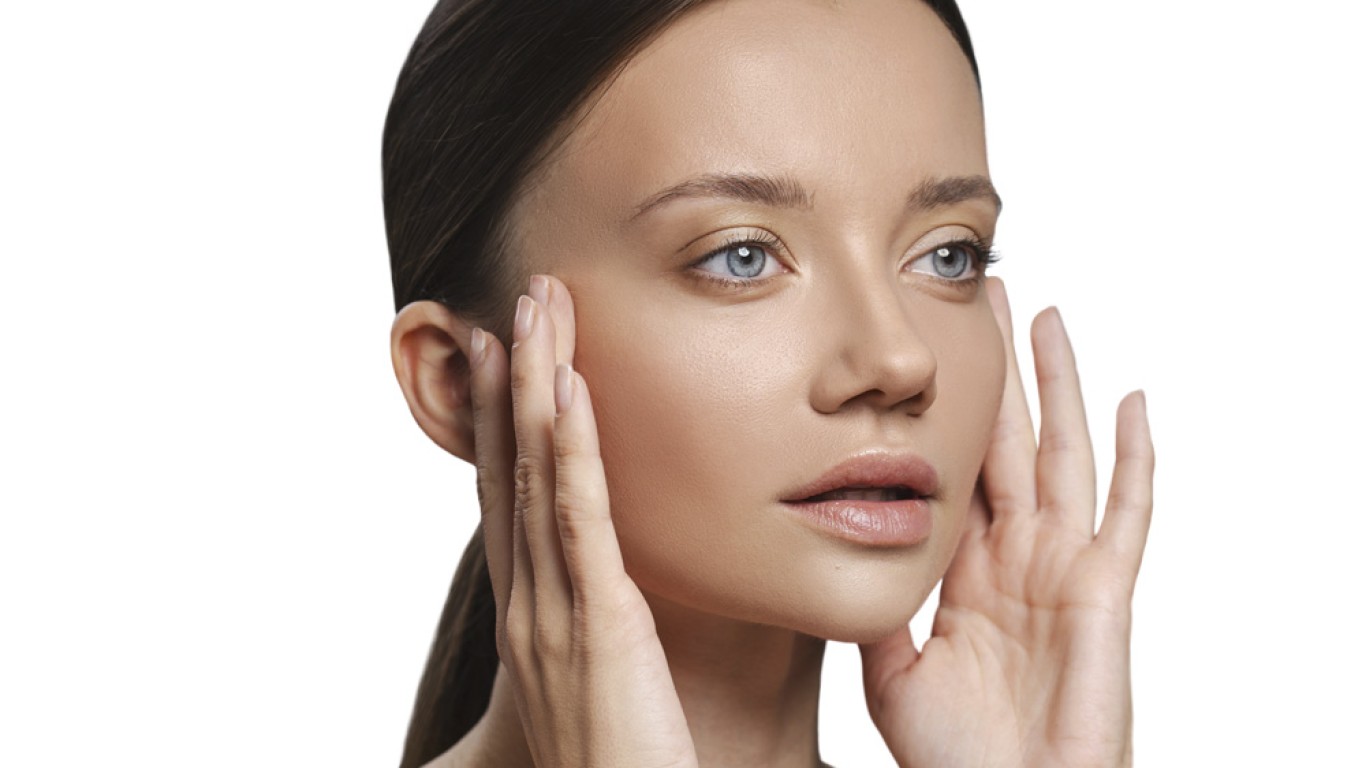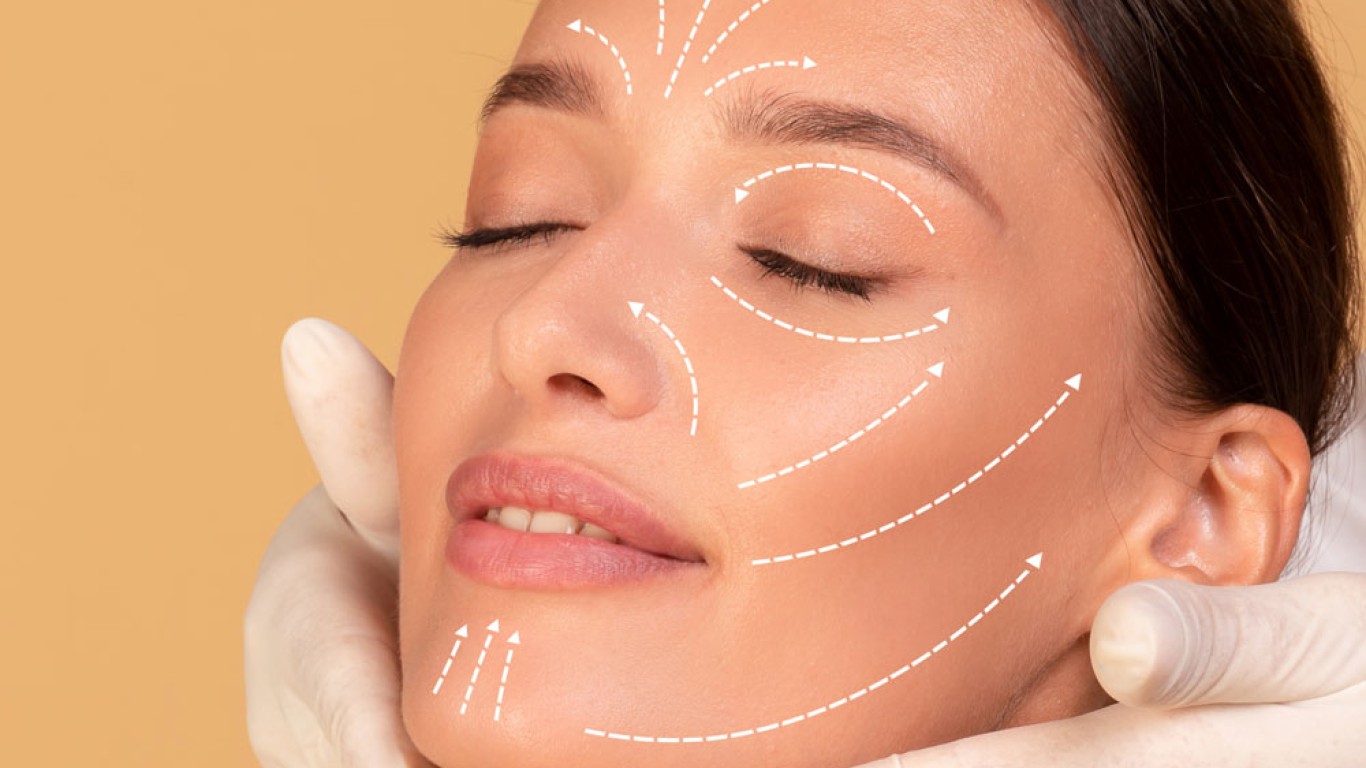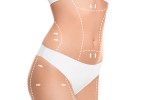Introduction
Cellulite is a common concern for many people, especially around the thighs, hips and buttocks. Despite being harmless, it often affects confidence. One non-invasive option that’s gaining attention is cryolipolysis. Also known as “fat freezing,” it’s widely used for body sculpting. But can cryolipolysis actually improve the look of cellulite?
In this article, we explore how cryolipolysis works and whether it’s effective against cellulite. We’ll look at what the treatment involves, results you can expect and who benefits most. Understanding the science and outcomes can help you decide if it’s right for your skin.
What Is Cryolipolysis?
Cryolipolysis is a non-surgical cosmetic treatment designed to reduce stubborn fat. It works by cooling fat cells to a temperature that causes them to break down naturally. The body then flushes out these dead cells through the lymphatic system over several weeks.
The most well-known brand of cryolipolysis is CoolSculpting, although other versions exist. Treatment targets fat bulges that resist diet and exercise. This includes love handles, back fat or lower belly.
How Cryolipolysis Is Performed?
During a cryolipolysis session, an applicator is placed on the treatment area. This device suctions the skin and fat between two cooling panels. The temperature drops enough to freeze fat cells, but not harm surrounding tissue.
Sessions usually last 30 to 60 minutes per area. Afterwards, the treated area may feel numb or appear red. There’s no need for anaesthesia or downtime. This is why many patients return to work the same day.
How Does Cellulite Form?
Cellulite appears when fat pushes up against connective tissue beneath the skin. This causes the dimpled, uneven appearance that many find frustrating. It’s more common in women due to differences in fat distribution, hormones and skin structure.
Factors like age, genetics and lifestyle can worsen cellulite. While not dangerous, it’s tough to treat. Exercise, creams and massages offer limited results. Therefore, many turn to aesthetic treatments like cryolipolysis for help.
Can Cryolipolysis Treat Cellulite?
Cryolipolysis was originally developed to reduce fat, not cellulite directly. However, by shrinking fat cells beneath the skin, it can improve the appearance of dimpling. The treated areas may look smoother and firmer, especially when cellulite is caused by fat bulges.
Still, it’s important to note that cryolipolysis doesn’t address connective tissue. That’s why it may not completely eliminate cellulite. It works best for people with mild to moderate cellulite and some excess fat.

What Results Can You Expect from Cryolipolysis?
Results develop gradually over several weeks as the body eliminates frozen fat cells. Most patients begin to see changes within 3–4 weeks. Final results are visible after 2–3 months.
Treated areas often look slimmer and more contoured. For cellulite, there may be a visible reduction in dimples and smoother texture. However, results vary depending on the severity of cellulite, skin tone and fat levels.
Combining Cryolipolysis With Other Treatments
For better results, cryolipolysis can be paired with other cellulite treatments. Radiofrequency therapy or acoustic wave therapy helps target the connective tissue and improve skin elasticity.
Additionally, lymphatic massage can speed up recovery and improve circulation. Your specialist may suggest a combined plan depending on your specific concerns. Using multiple approaches often yields better results than one treatment alone.
Who Is a Good Candidate for Cryolipolysis?
Cryolipolysis suits those who are close to their ideal weight. But those that struggle with localised fat or mild cellulite. You should be in good overall health and have realistic expectations. It’s not a weight loss solution or an alternative to exercise.
Pregnant women or people with cold-related conditions should avoid the treatment. A consultation will help determine whether it’s the right option for your goals.
What Are the Benefits of Cryolipolysis for Cellulite?
Cryolipolysis offers several key benefits when addressing cellulite:
- Non-invasive and pain-free
- No anaesthesia or needles required
- Targets both fat and skin texture
- Gradual, natural-looking results
- Minimal to no downtime
Additionally, because fat is eliminated naturally, there’s no scarring or uneven texture. The skin can appear firmer and smoother over time.
What Are the Limitations?
While cryolipolysis improves fat-related dimpling, it won’t resolve all types of cellulite. If cellulite is mostly due to fibrous bands or poor circulation. Other treatments may be more effective.
Also, results are not immediate. It takes several weeks to notice changes, and follow-up sessions may be needed. Understanding these limitations helps manage expectations and achieve satisfaction.
How Many Cryolipolysis Sessions Are Needed?
Most people need one to three sessions per area, spaced several weeks apart. The number depends on the size of the treatment area and the extent of cellulite. Your specialist will create a plan tailored to your body’s needs.
Multiple sessions may be needed for more noticeable smoothing. However, patients often report improvement after just one treatment.
Is the Cryolipolysis Treatment Permanent?
The fat cells removed during cryolipolysis are gone for good. However, remaining fat cells can expand if weight is gained. To maintain results, it’s important to follow a healthy lifestyle with balanced eating and exercise.
When it comes to cellulite, improvements can last for months. Over time, ageing and lifestyle factors may affect skin tone again. Maintenance treatments once or twice a year can help keep the area smooth.
Post-Treatment Care and Tips
After treatment, you can resume normal activities straightaway. Mild swelling, redness or tingling are common but temporary. To enhance results, consider these tips:
- Drink plenty of water
- Avoid heavy exercise for 24 hours
- Gently massage treated areas
- Wear compression garments if advised
- Maintain a stable weight
Following these steps supports faster recovery and better results. Your provider will offer personalised aftercare guidance.
Conclusion
Cryolipolysis is a popular non-invasive option for reducing fat and improving body shape. While it’s not a direct cellulite treatment, it can help minimise the appearance of dimpling caused by underlying fat. When combined with other therapies, it offers noticeable, long-lasting results for smoother skin.
Are you seeking a non-surgical way to refine your shape and reduce the look of cellulite? Cryolipolysis may be a good solution. Speak with a trusted clinic to find out if it’s the right approach for you.
For more information and to book a consultation visit the ACIBADEM Beauty Center Aesthetics webpage.
Frequently Asked Questions
No. It can reduce the appearance of cellulite, but it may not eliminate it entirely.
Results begin to appear after 3–4 weeks, with final results after 2–3 months.
Most patients feel only mild discomfort or numbness during treatment.
Yes. It’s FDA-approved and widely used with minimal side effects and no surgery.
Fat cells are permanently removed. Cellulite results can last months with good care and maintenance.












